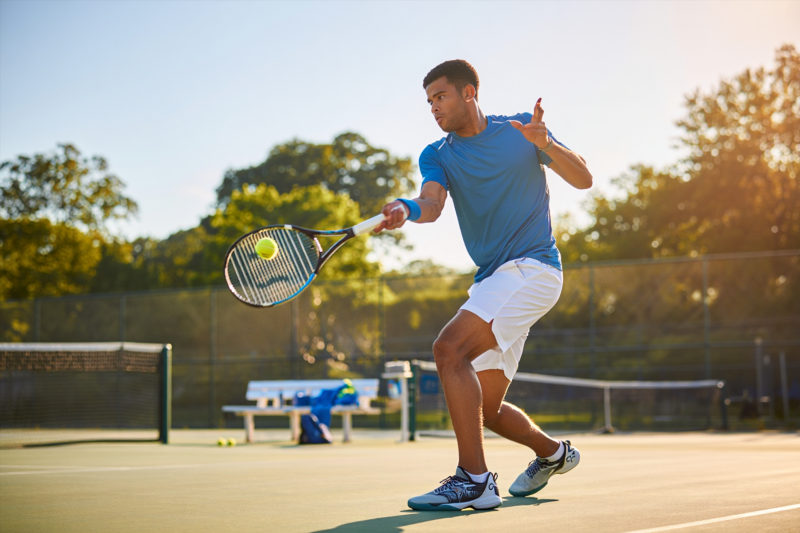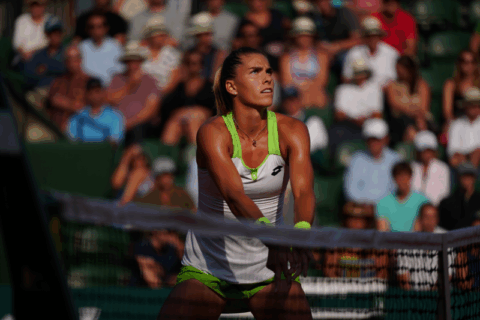
Top Training Techniques Used by Leading ATP and WTA Players
Unlock Your Tennis Potential: Discover What Elite Athletes Do Differently
Are you passionate about elevating your tennis game? Whether you’re an aspiring amateur or an advanced player, understanding the training methods used by top ATP and WTA professionals can revolutionize your approach. These techniques are the secret behind their consistency, agility, and mental resilience. In this article, we’ll explore the most effective training strategies employed by tennis legends, helping you refine your skills and perform at your best.
Why Studying Top Players’ Training Regimens Matters
Investing time in learning about leading ATP and WTA players’ routines provides invaluable insights. Elite athletes utilize science-backed practices that optimize physical fitness, mental toughness, and technical skill. Incorporating these into your training can:
- Accelerate skill development
- Increase match endurance
- Improve tactical understanding
- Build mental resilience under pressure
Core Elements of Top Tennis Training Methods
Leading tennis players follow comprehensive, disciplined routines that blend various training components. Below are the critical elements that set their preparation apart:
1. Technical and Tactical Drilling
Precision Skill Development
Top players dedicate hours to refining fundamental strokes—forehands, backhands, serves, and volleys—through repetitive drills designed to enhance muscle memory and consistency.
Tactical Play and Match Simulation
Simulating match scenarios enables players to develop strategic thinking. They analyze opponent patterns, improve shot selection, and adapt their gameplay dynamically.
2. Physical Conditioning
Speed, Agility, and Endurance
Elite tennis requires explosive movements and sustained stamina. Their workouts often include:
- Plyometric exercises for quickness
- Interval training for cardiovascular resilience
- Strength training to prevent injuries and improve shot power
| Fitness Focus | Common Exercises |
| Speed & Agility | Ladder drills, cone drills |
| Strength | Weightlifting, resistance training |
| Endurance | Long-distance running, cycling |
3. Mental Toughness and Psychological Preparation
Visualization Techniques
Players envision successful shots and match scenarios to boost confidence.
Mindfulness and Focus Training
Practicing meditation and breathing exercises reduces anxiety and helps maintain concentration during high-stakes moments.
4. Recovery and Injury Prevention
Rest and Sleep
Top athletes prioritize quality sleep to facilitate muscle recovery and cognitive function.
Nutrition and Hydration
Diet plans tailored to optimize energy levels and prevent fatigue are integral.
Physiotherapy and Flexibility
Regular stretching, physiotherapy, and yoga improve flexibility and reduce injury risks.
Top Strategies for Improving Your Tennis Game Today
While replicating elite training routines might seem daunting, incorporating these proven strategies can yield immediate results:
Focus on Quality over Quantity
- Prioritize deliberate, focused drills rather than mindless repetition.
- Use video analysis to identify and correct technique flaws.
Develop a Structured Training Schedule
- Allocate specific days for technical, physical, and mental training.
- Incorporate rest days for optimal recovery.
Embrace Mental Training
- Use visualization before matches and practice sessions.
- Practice mindfulness to improve focus and reduce nerves.
Track Your Progress
- Maintain a training journal to monitor improvements.
- Set realistic, measurable goals to stay motivated.
Frequently Asked Questions
How do ATP and WTA training routines differ?
While both tours emphasize technical skills, physical conditioning, and mental toughness, ATP players often focus more on explosive power and speed, due to the aggressive style of men’s tennis. WTA routines may emphasize agility and precision. However, core principles remain consistent across both.
Can amateur players benefit from professional training methods?
Absolutely. Many techniques used by top professionals—such as structured drills, mental training, and proper recovery—are adaptable for players at all levels. Implementing these can significantly enhance your performance.
How long does it take to see results from improving training methods?
Results depend on your current skill level and consistency. Typically, noticeable improvements in technique and fitness can be seen within 6-12 weeks of dedicated training.
Final Thoughts: Elevate Your Game with Proven Training Techniques
Success in tennis doesn’t happen overnight. By adopting the top training methods employed by ATP and WTA stars—focused drills, comprehensive physical conditioning, mental resilience strategies, and proper recovery—you set yourself on a path toward better performance and more satisfying matches. Start integrating these proven strategies today, and watch your game reach new heights.
Ready to transform your tennis skills? Commit to these top training techniques, stay consistent, and enjoy the journey to becoming the player you aspire to be.
*Empower your game. Train like a pro.*


